Menu
You can manage your membership and billing method by clicking here
Terms of Service
Privacy Policy
Copyright © 2025 Office of Immigration Australia, a private company registered in Australia. All Rights Reserved.

Checking membership status...
 EXCLUSIVE MEMBERS ONLY ACCESS
EXCLUSIVE MEMBERS ONLY ACCESSTo access this month’s edition & Member’s only resources, enter your registered email address.



Exclusive Australian Immigration News, Updates & Opportunities
September 2024
This bulletin is for members only, and provides our members with month to month updates on Australian immigration policy changes and consequential opportunities. Opportunities are found via federal and state government policy shifts for the demand and supply for certain occupations.
This bulletin will keep you up to date so that you do not have to employ expensive immigration lawyers to provide you with monthly research.
September 2024 has arrived, and Australia has set another new record for immigration with 1.15million migrants arriving in Australia since the current government came into power. This is a 63% increase on the previous record!
This new data once again confirms that migration has and will continue to play a critical role in Australia’s story!
In This Month’s Federal News: To further address labour shortages and stimulate economic growth, the Western Australian State Government and the Commonwealth Government have signed a new migration deal for another 10,000 skilled migration places for this fiscal year! This agreement promises to create substantial opportunities for Western Australia’s economy, particularly within the construction, health, aged care, tourism, hospitality and agriculture sector.
In other Federal News, migrant worker protections just got stronger, as the Migration Act 1958 has been amended to introduce new laws to deter employers and others in the labour chain from using a person’s migration status to exploit them. This will also help create a level playing field for businesses who are doing the right thing.
In This Month’s State News: Skilled workers residing offshore remain eligible to be considered for ALL State and Territory nominations! Please view the State Migration Section of this month’s bulletin for all State and Territory programs and opportunities available!
In This Month’s Economic News: According to new rankings, the Australian passport is now among the top five most powerful passports in the world! In this month’s bulletin we look at some of these benefits and what countries the Aussie passport can enter visa-free!
In other economic news, the Australian government has released details on a new ballot initiative for the Work and Holiday program! In this month’s news, we examine this new initiative and who it might impact.
In This Month’s Student News: The Australian government has made additional changes to its student visa rules to enhance the efficiency of the recent student influx. In this month’s edition we discuss which visa rules have been modified and what international students need to know to prepare in advance to meet the new eligibility requirements.
Also in this month’s student news, we have a look at some of Australia’s top universities, as six of these were just named in the top 50 on the world’s greatest universities for 2025!
All this and much more in the September issue of The Australian Immigration Bulletin! Let’s take a deeper look at what has happened so far and what is planned for the remainder of September 2024 in Australian Immigration, so that you can start planning!
All members now have FREE access to an online IELTS English Platform and course to practice, study and improve their English and IELTS score. The IELTS exam is one of the key recommended exams you will need to take in order to Apply for Skilled Migration to Australia and the better your results, the higher points you will get when submitting an expression of interest. The advanced English and IELTS platform will allow all members to practice Mock IELTS Exams, learn cutting edge tips and gain a greater understanding of how to achieve a Band 9+.
All members also have access to “ImmiConnect” which is now available in the member’s area. ImmiConnect is the Office of Immigration Australia’s Employer Sponsored program which allows overseas workers to receive job interview invitations from Australian employers, when job opportunities come available.
The program aims to bring globally mobile, highly-skilled and specialised individuals to Australia who can fill critical areas of need.
ImmiConnect is exclusive to active Australian Immigration Bulletin Members only. You must be a current Australian Immigration Bulletin Member to be eligible to receive job interview invitations.
So if you are interested in receiving these invitations, please sign up for FREE by Clicking “ImmiConnect” and adding your name and email address.

*2 WINNERS DRAWN EVERY MONTH:
Current Round: August 2024 – December 2024 (10 Winners/Prizes in total)
There is always a winner, and the next one could be you!
The winners of the September 2024 Immigration Prize Giveaway were drawn at 10am AEST on 1st September 2024.

Congratulations to the September 2024 winners! You have been sent a confirmation email with details on how to claim your prize!
The next 2 lucky winners will be drawn at 10am AEST on 1st October 2024.
As of 6th July 2022, people entering Australia do NOT need to provide evidence of Covid-19 vaccination status. Additionally, people leaving Australia will NOT be asked to provide evidence of their vaccination status. Unvaccinated visa holders do NOT need a travel exemption to travel to Australia. It is however important to remember that airlines, vessel operators and other countries may have specific requirements that travellers need to comply with.
Please see the list of vaccines that are recognised by the Australian government for travel purposes here.
This Bulletin and its contents is for general information purposes only and should not be used as a substitute for consultation with professional advisors.
As legislation and travel requirements are constantly changing, we strongly recommend obtaining advice on your individual situation from a Registered Migration Agent.
Please click here to book a consultation with one of our Registered Australian Migration Agents, located in Australia.
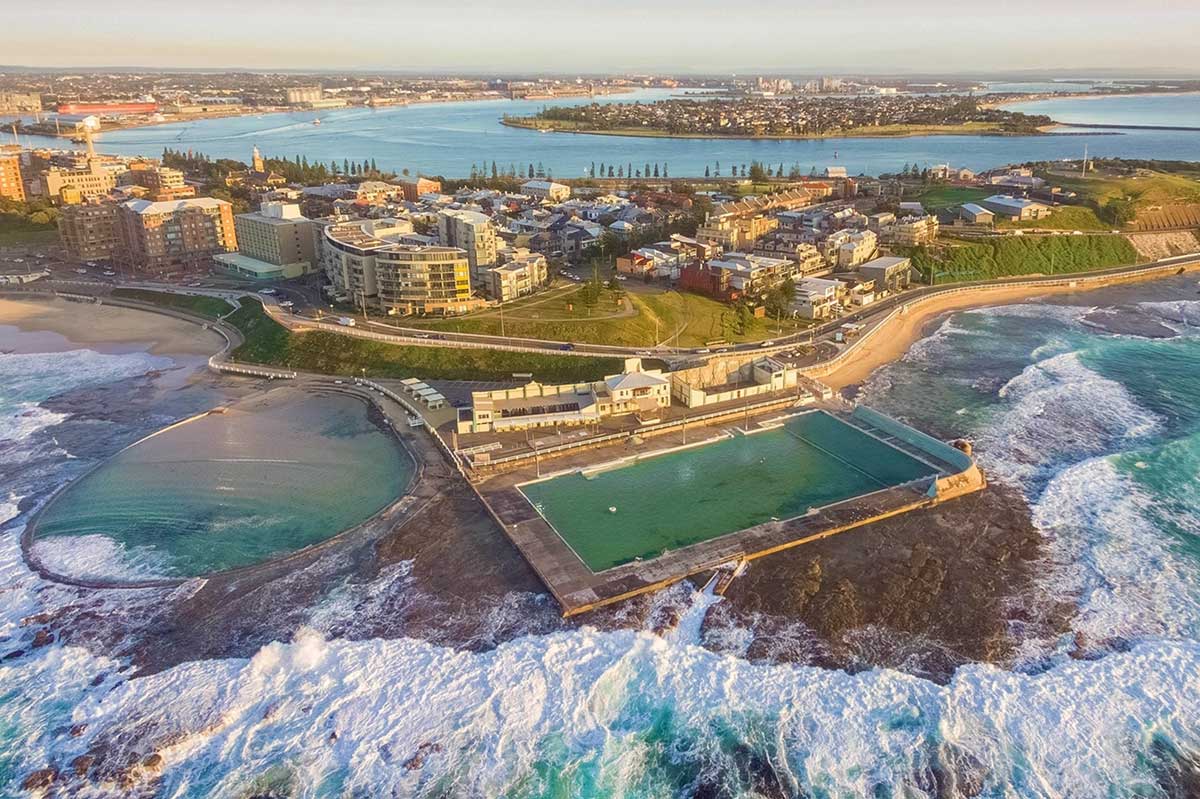
Newcastle, New South Wales
The Results of the August 2021 census were made public on 12th July 2022, and revealed that Australia has become a majority migrant nation, as the census data shows for the first time that more than 50 per cent of residents were born overseas or have an immigrant parent. Last year’s census counted nearly 25.5 million people, including 1 million new residents.
Australia’s 2023-24 Migration Program has been carefully designed to boost the social and economic outcomes that meet Australia’s needs. In fact, the migration programme was first launched in 1945 following the aftermath of World War 2. Given this long history, it is worth understanding how it works. The Australian Immigration Bulletin exists to help explain this in more detail.
As we’ve entered the 9th month of the year, join us for a look at the latest news and developments in the world of Australian Immigration!
 We spoke with a skilled migrant working as a medical practitioner for the last 6 years.
We spoke with a skilled migrant working as a medical practitioner for the last 6 years.
Tell us about finding work
“Looking for medical jobs is not particularly difficult. Especially if you are looking at regional or rural places.
I moved from Canberra to Hobart, I just searched online for similar roles. I emailed the manager and sent my credentials, and that was it.
I have not done interviews in a while but the main mistake I remember is being unprepared.
I think I had enough information. I just did not prepare enough.”
What advice can you share with migrants seeking work in Australia?
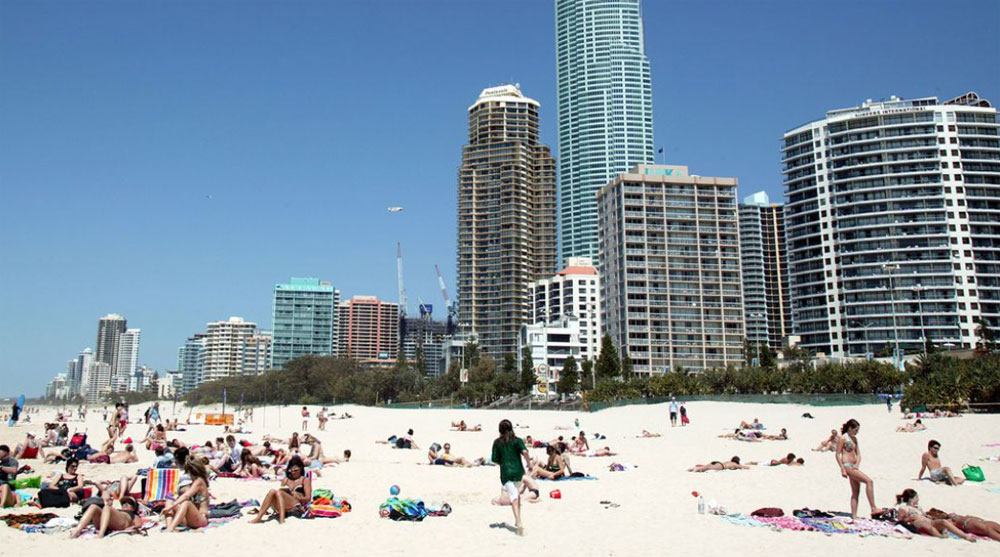
Prime Minister Anthony Albanese has set a new record with 1.15million migrants arriving in Australia since he came into power.
Albanese’s government also recorded a huge 63 per cent more migrants than the Rudd-Gillard term – who held the previous record.
The data also revealed that nearly one-third – 31 per cent – of Australia’s population was born overseas, up from 22 per cent in 1983 and far higher than nations like Canada and the United States, where 21 and 15 per cent of the population were born overseas respectively.
Migration has and will continue to play a critical role in Australia’s story!

In a significant move to address labour shortages and stimulate economic growth, Western Australian and the Commonwealth Government have signed a deal for 10,000 skilled migration places for this fiscal year. This agreement promises to create substantial opportunities for Western Australia’s economy, particularly within the residential construction sector.
WA Premier Roger Cook recently said a new deal with the federal government for 10,000 skilled migration places for this year was an acknowledgement from the Commonwealth that his state was “in a unique position” compared to others.
After 95,000 people moved to WA last year, Mr Cook said the state needed to attract skilled migrants best equipped to help build more homes.
“We need workers to continue to support the fastest growing economy in the country,” Mr Cook said.
“Our government is committed to working with our counterparts to rebuild a migration system that works for all Australians, which recognises the unique skills needs and opportunities of WA.”
Mr Cook said the new deal would target shortages in construction, health, aged care, tourism, hospitality and agriculture.
The state’s construction industry has been lobbying the WA government to solve major post-pandemic workforce shortages.
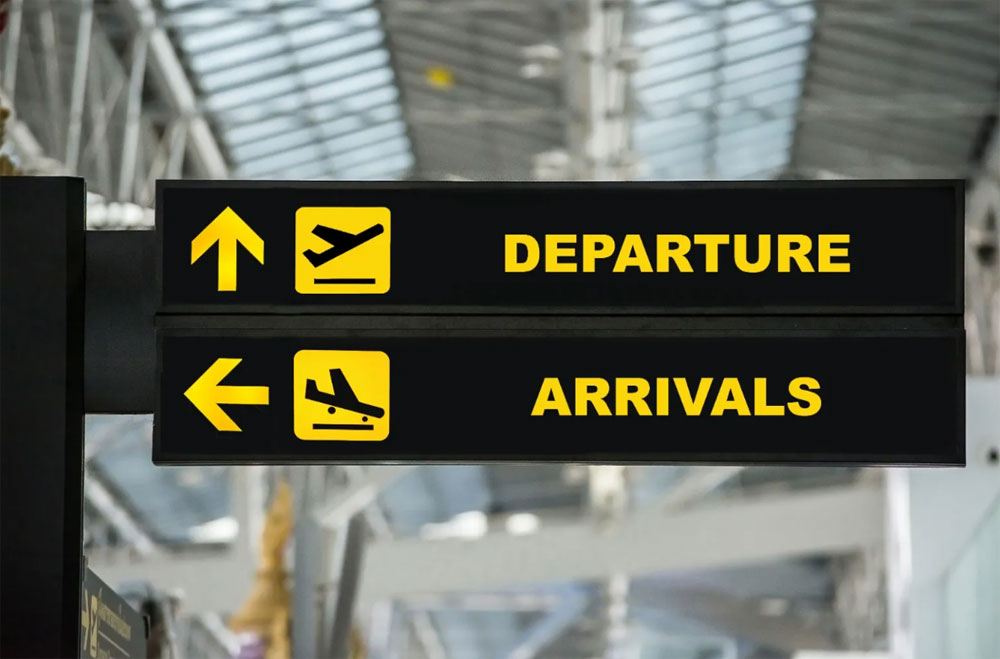
The government’s migration strategy seeks to ensure that the number of skilled visas Australia offers go to skilled applicants.
Reshaping skilled migration is a policy priority for the Albanese government. But amid the flurry of reforms and discussion papers, you may have missed a quiet transformation in policy-making. Data sources are helping to inject new facts into the debate so that politicians can make better-informed decisions.
The government’s migration strategy, released in December, seeks to ensure that the number of skilled visas Australia offers go to skilled applicants. Improvements to skilled migration could lift our sluggish productivity growth and boost government budgets while making the process simpler and more transparent for migrants.
Big investments in data assets by governments in recent years have been key to understanding and unlocking these potentially enormous gains. Decision-makers need to be informed about how the system is working and the impacts of policy choices. Without data, they’re just making educated guesses.
The Person Level Integrated Data Asset (PLIDA) is an indispensable tool for the public service and independent researchers. By enabling datasets on incomes, visas, social services, healthcare, demographics, and more to be linked, it enables researchers to uncover invaluable insights into our migration system, along with other big economic issues.
Before PLIDA, there was no way to understand the income and employment dynamics of migrants holding different visas or to track the outcomes of those visas over time. A policy analyst could only look at a point-in-time snapshot from the Census, or use survey data to follow a sample of permanent migrants for 18 months after their arrival in Australia.
But understanding dynamics over time is crucial: migrants often hold several visas before becoming citizens, and they can take more than 18 months to settle in Australia, have their qualifications recognised, and find a good job. Unlike survey data, PLIDA also contains the entire population of Australian migrants, allowing granular and precise analysis of migrants with diverse experiences.
Analysis using PLIDA data has underpinned the government’s recent reforms.
Grattan Institute’s latest report uses PLIDA to show which characteristics of migrants suggest they will be able to get high long-run earnings in Australia. We show how small tweaks to the current points test, and consolidating separate state and regional points-tested visas into a single points visa, would enable Australia to select a higher-skilled migrant cohort, lifting the wages of Australian workers, and boosting government budgets by about $171 billion over the next three decades.
Other key reforms are in the works, including ensuring high-performing students have the chance to stay in Australia permanently, and reforms to regional visas, including working holidaymakers.
PLIDA is managed by the ABS, which puts safeguards in place to ensure the data are used responsibly, and individuals’ privacy is maintained. Only experienced researchers from approved organisations can access it, and only for specific projects. Researchers access the data through a secure portal, where data have been anonymised, and any output is vetted by the ABS to ensure no individuals can be identified.
Governments will need to continue investing in PLIDA so that Australia can continue to reap the massive rewards of a well-functioning skilled migration program.
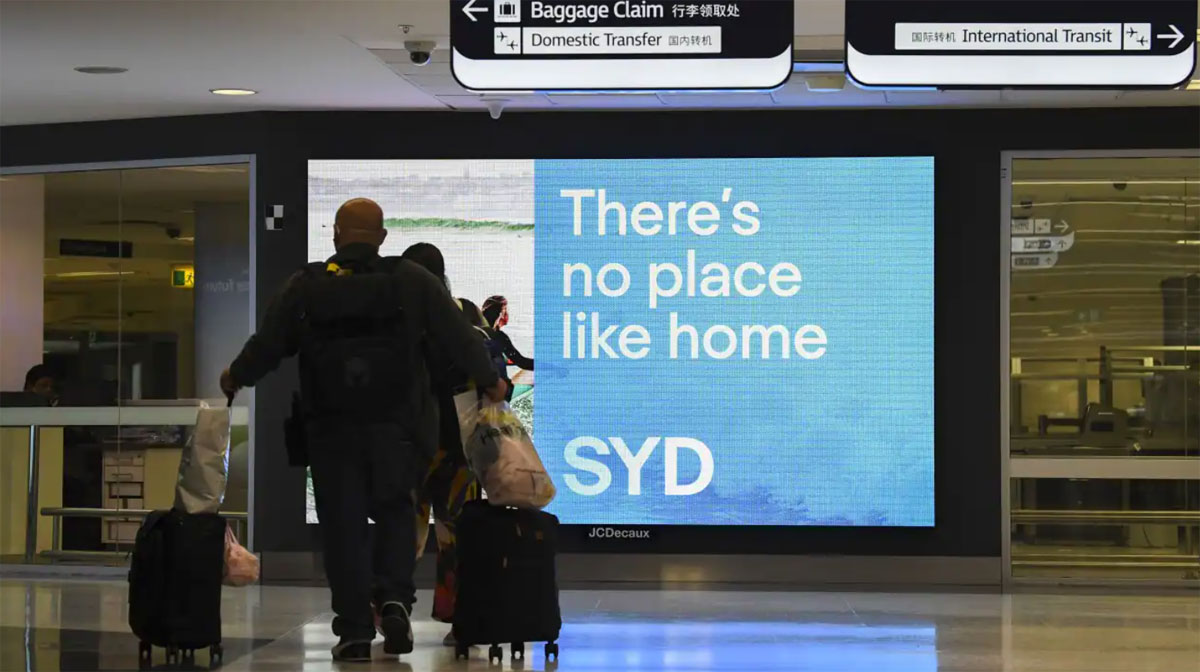 The Migration Amendment (Strengthening Employer Compliance) Act 2024 amended the Migration Act 1958 to introduce new laws to tackle migrant worker exploitation. The laws deter employers and others in the labour chain from using a person’s migration status to exploit them. They help create a level playing field for businesses doing the right thing.
The Migration Amendment (Strengthening Employer Compliance) Act 2024 amended the Migration Act 1958 to introduce new laws to tackle migrant worker exploitation. The laws deter employers and others in the labour chain from using a person’s migration status to exploit them. They help create a level playing field for businesses doing the right thing.
Starting from 1 July 2024, the new laws aim to:
There are 3 new work-related offences that make it illegal for employers, including sponsors, and labour hire intermediaries to:
The laws cover a range of work-related situations where exploitation might happen.
These types of situations include, but are not limited to:
The laws protect all migrant workers, no matter their visa status. This includes people who have a visa with work rights, an expired visa and those who are working in breach of their visa conditions.
You can report workplace exploitation to either the:
You can report anonymously.
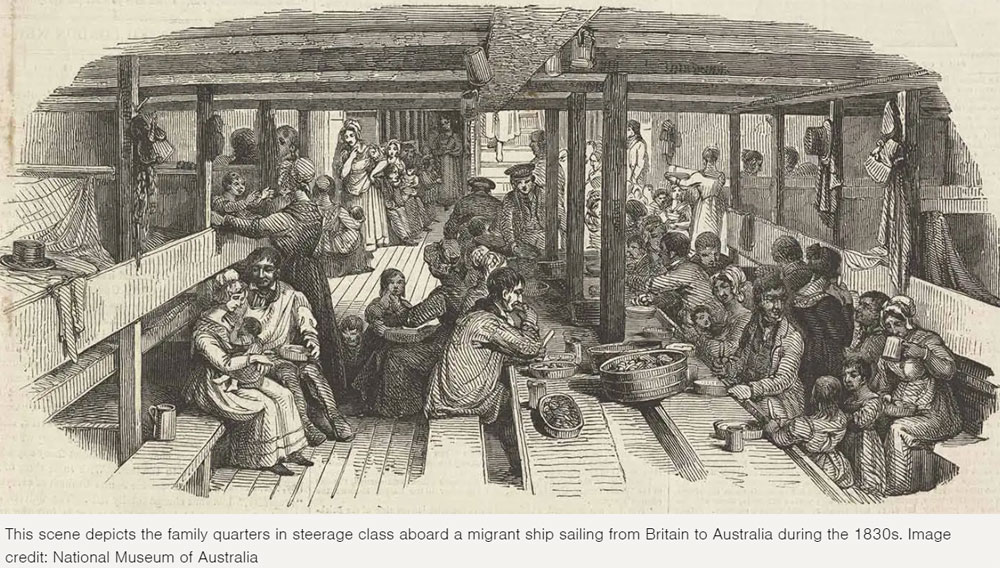 1832: Aid to encourage migrants to Australia begins.
1832: Aid to encourage migrants to Australia begins.
The number of convicts sent to Australia increased sharply in the 1820s, lifting the proportion in New South Wales in 1828 to 46 per cent of the population – up from 30 per cent two decades earlier. At the same time, Australia was becoming attractive to Britain’s relatively wealthy. After the crossing of the Blue Mountains in 1813, huge land tracts became available in NSW, the wool industry thrived and wealthy migrants could hope to join the colonial upper classes.
The 19th century was a period of mass emigration from Europe. Between 1815 and 1840, 1 million emigrants left Britain, most of them crossing the Atlantic to the USA and Canada. The much longer passage to Australia was too expensive for many poor migrants.
Governments in both Britain and Australia wanted to increase the number of free migrants arriving here. Britain experienced much social upheaval and widespread unemployment after the end of the Napoleonic Wars in 1815. Authorities were worried that a growing population was outstripping resources and that the disaffected working classes might pose a threat to social stability. In Ireland and Scotland farmers were losing their land and Irish farmers with small plots were forced to rely solely on potatoes.
For many, emigration to either the Americas or Australia was the answer to catastrophic crop failures. To the authorities it was a cost-effective solution to the oversupply of able-bodied workers. For parishes in Britain who had to levy rates to support the very poor, migrants would cease to be a burden and could lead to an overseas market for British goods.
In the 1820s one scheme sought to send the poor to Canada. In 1832 the Land and Emigration Commission was set up under the Colonial Office to do the same for Australia. During the following decades it organised voyages for hundreds of thousands of emigrants. The Australian colonies were particularly in need of skilled labourers and single women. There was strong demand for labourers to work in the interior on land that wealthy settlers had acquired with large grants that supported grazing rather than agriculture, while single women could help address a severe gender imbalance.
Not everyone favoured assisted migration. Opposers feared the country would become a dumping ground for the dregs of British society. Notably, presbyterian minister John Dunmore Lang claimed female migrants had made Sydney “a sink of prostitution”.
While there’s no doubt some women did find employment as sex workers, as NSW governor Richard Bourke pointed out to the Colonial Office, there was only limited demand for governesses, ladies’ maids, milliners and dressmakers. Mostly, the colony needed women who would go to rural areas and work on farms.
In the early 1830s migrants were given assisted passage but incurred a debt they had to repay when they found work. By the late 1830s the colonial governments were providing debt-free passage to migrants, funded by land-sale schemes.
In 1839 Henry Parkes and his wife, Clarinda, were among thousands of assisted migrants who arrived in Australia. Parkes, who had trouble making a living as an ivory turner in England, later became NSW premier and one of the fathers of Federation. Like many migrants, they arrived with almost no money, although Henry eventually found work.
Assisted migrants were allowed to live on board the ship for 10 days after arrival to give them time to find paid work, but then they had to fend for themselves. Although Parkes had been optimistic while in England about the riches awaiting migrants in Australia, he later reported that many were starving in Sydney’s streets.
Assisted migration brought 127,000 people to Australia between 1832 and 1850 – about 70 per cent of all immigrants in that period. It continued at an even larger scale after the discovery of gold in 1851. In the 1850s there were 230,000 assisted migrants, about 50 per cent of total migrants, most of them from the UK (including Ireland).
To differing degrees in the various colonies, assisted migration continued and was a significant factor in the expansion of Australia’s European population.
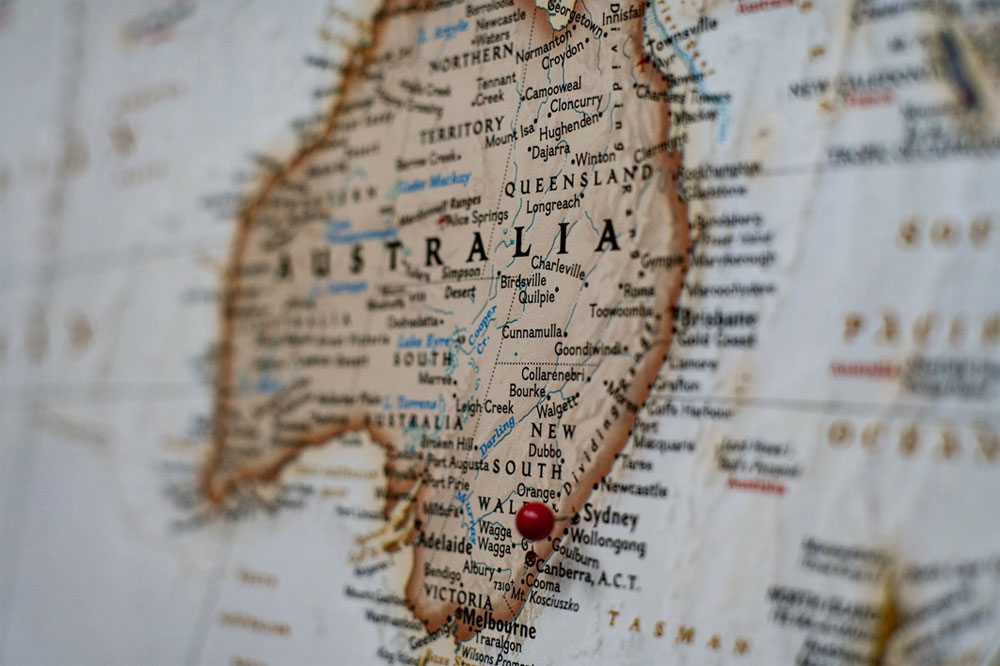
If you are interested in applying for a general skilled migration visa to Australia, it is important to have a good understanding of the skilled visa options and how the migration points test works, so that you can maximise your chances of being eligible to apply for a skilled visa.
A general skilled migration visa is an option available to skilled workers who are seeking to qualify for a skilled visa independently, or under a state or family sponsorship. It is an alternative to an employer sponsored visa.
One of the key criteria to qualify for a general skilled migration visa is the points test (a criterion that does not apply to employer sponsored visas). This is often the most challenging aspect for prospective skilled visa applicants to overcome when seeking an invitation to apply for the relevant skilled visa.
If you are considering applying for a general skilled migration program visa, an important concept to understand is the Expression Of Interest (EOI).
If you are considering applying for a general skilled migration visa, it is important to be aware that for certain visas in this visa class, you will first be required to lodge an EOI with the Department of Home Affairs (the Department) through SkillSelect. The EOI is not a visa application, but rather, it is the process by which you can express your interest in applying for the relevant skilled visa (It’s important to note, that there is NO fee to submit an EOI).
This requirement applies to the following skilled visa subclasses:
Let’s take a brief look at each of these visas below:
The ‘subclass 189’ is a federal sponsored visa that grants automatic permanent residence in Australia. It is subject to nil visa conditions or obligations. For this reason, it is often considered to be the most flexible of the skilled visa options available.
A subclass 189 points-based visa allows you to live and work in any state or territory permanently.
The ‘subclass 190’ is a state/ territory sponsored permanent residence visa. It is another points-based visa for which invitations are issued throughout each month by individual states and territories. One of the benefits of applying for state nomination is that you will be granted an additional 5 points.
An important aspect to consider, which does not apply to the subclass 189 visa is that there is an added step in the application process. In this case, you must also apply for nomination approval to a state or territory government. Only upon receipt of an invitation from the relevant state or territory to which you apply can you then apply to the Department for the visa itself.
Your obligations as a subclass 190 visa holder are that you must commit to your nominating jurisdiction’s obligations and commit to residing in your nominating State or Territory for two years from visa grant.
The ‘subclass 491’ is also a points-based state/ territory (or family) sponsored visa. It is a regional visa with a term of five years. The Department issues invitations for family sponsored EOI applications only (in invitation rounds). Invitations for state sponsorship are issued by individual states and territories throughout each month. This will grant you an additional 15 points for the nomination.
Being a provisional visa, this means it provides a pathway to permanent residence in Australia with the Subclass 191 Permanent Residence (Skilled Regional) visa, subject to meeting specified requirements.
Be mindful that as a subclass 491 visa holder, you must abide by visa condition 8579, which requires you to live, work and study in a designated regional area of Australia. For migration purposes, most locations of Australia outside of major cities (Sydney, Melbourne, Brisbane, Perth, etc.) are classed as regional areas.
If your EOI is successful, you will receive an invitation to apply for the visa, as specified in the invitation letter. This then enables you to proceed with lodgement of your visa application (provided you meet all other visa lodgement and visa grant requirements).
Please note, the below State and Territory program updates is a general overview only. It does not take into account any of your personal circumstances. You must check the State/Territory information carefully to ensure you can meet all the requirements for nomination.
Australia is currently facing a shortage of skilled migrants to fill workforce demands. In response, states and territories have been easing the conditions of their visa programs to help attract skilled workers from overseas.
Below is the monthly update for some of the State and Territory opportunities available.
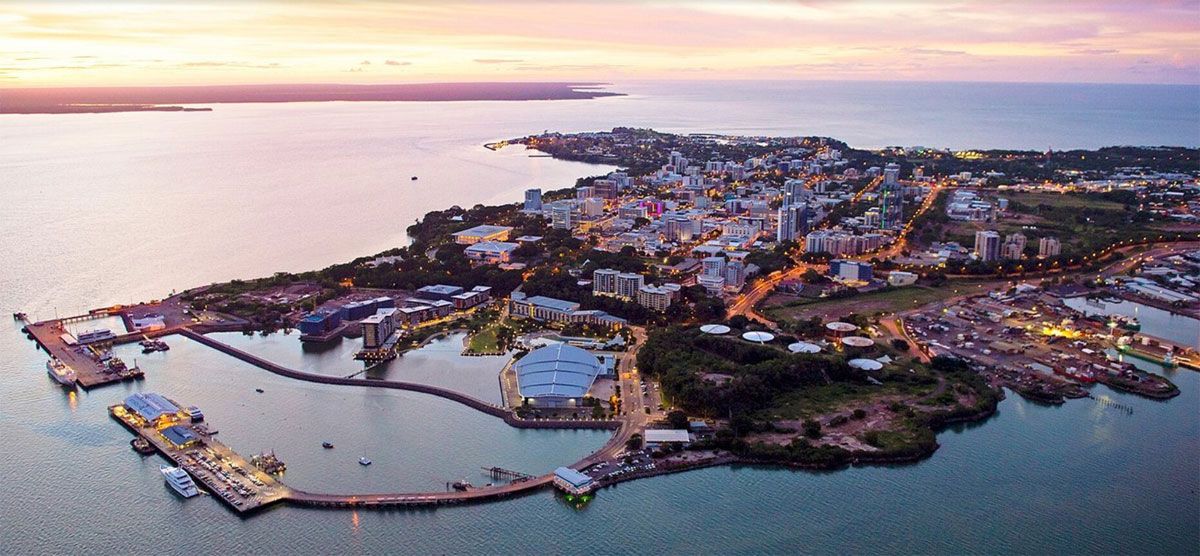
Program Status Update
UPDATE: Northern Territory General Skilled Migration (GSM) nomination applications for 2024-25
Please note Migration NT is continuing to receive and assess onshore applications for nomination. Offshore applications will be reopened on Wednesday 14 August 2024 but only for the NT Family Stream and Job Offer Stream. Due to the significant volume of applications received to date, the Priority Occupations Stream will remain suspended for the time being. Existing offshore applications made under the Priority Occupations Stream will continue to be assessed. However, please note that there are likely to be significant delays in assessing these applications.
Once the above mentioned temporary suspension is lifted, you may be able to proceed with the NT’s usual skilled migration program. Program details below:
People residing offshore are eligible to be considered for Northern Territory (NT) nomination. Invitations to apply for Northern Territory nomination will be via the ranking system.
The ‘Northern Territory Offshore Migration Occupation List’ identifies the occupations in current demand in the Northern Territory. This List is important if you want to apply for Northern Territory nomination for either a:
The ‘Northern Territory Offshore Migration Occupation List’ is only applicable for those applying for NT nomination from outside Australia, under the Priority Occupation stream.
Please note: The Northern Territory government has advised that offshore applicants will generally only be offered a Northern Territory nomination for a subclass 491 visa. Subclass 190 nominations will only be offered in exceptional circumstances, such as cases where the applicant has strong connections to the NT.
The NT advises eligible applicants to apply as soon as they meet the eligibility criteria. To receive a nomination from the NT Government, you must:
Before submitting an EOI for The Northern Territory, applicants should check that they meet all eligibility requirements.
For a further explanation, see the Frequently Asked Questions page on the Northern Territory Government website.

Program Status Update
PROGRAM UPDATE: On Friday 10 May 2024, Migration Queensland has closed its state nominated skilled program for FY23-24. (Please note, the 2023-2024 program year ends on the 30th June 2024). For more information, please see here.
If you have received an invitation, please upload your documents as soon as possible.
If you have not been selected this financial year, you can submit a new EOI once the program opens for the 2024-25 program year.
Thank you for your interest in Queensland. Migration Queensland looks forward to receiving your EOI in FY24-25.
Once the above mentioned temporary closure is lifted, you may be able to proceed with Migration Queensland’s usual skilled migration program. Program details below:
To manage Queensland’s COVID recovery response, applicants currently residing offshore are now able to apply.
Depending on your occupation and situation, there are two state nomination options available for skilled migrants through Queensland.
For Queensland state nomination, prospective applicants must meet the Department of Home Affairs requirements, state-specific occupation requirements and have skills in an occupation that is available on the Queensland Skilled Occupation List.
You may undertake employment once onshore in Queensland through:
Offshore applicants meeting the minimum published requirements are eligible to lodge an Expression of Interest (EOI).
NOTE: The 2023 – 24 program opened on 5 September 2023. Migration Queensland will only consider EOIs lodged on or after 5 September 2023 – updated EOIs will not be considered.
Migration Queensland criteria requires you to:
The agency also requests all applicants to ensure they have carefully read and understood the new criteria relevant to their stream or pathway, and that they meet the criteria before submitting an Expression of Interest (EOI).
The 2024-25 Skilled Migration Program will be open to both onshore and offshore applicants and provide pathways for skilled workers, graduates, and small business owners.
Before submitting an EOI for Queensland, applicants should check that they meet all eligibility requirements.
For a further explanation, see the Frequently Asked Questions page on the Queensland Government website.
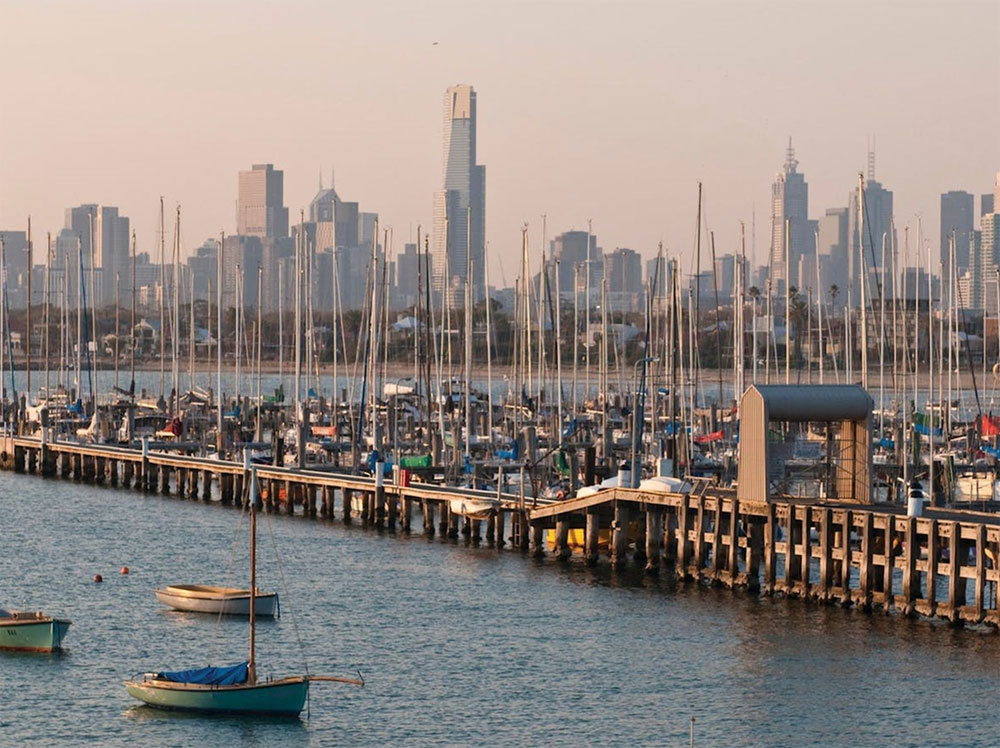
Program Status Update
Open to offshore applicants, the program provides skilled migrants with a pathway to permanent residency in Victoria. The skills that successful applicants bring to Victoria benefits employers and the broader Victorian economy.
The program provides two visa pathways:
As with previous years, applicants will first need to submit a Registration of Interest (ROI) and then be selected on competitive merit to apply for visa nomination.
To be invited to apply for Victorian skilled visa nomination, you must firstly make or update an Expression of Interest (EOI) via the Australian Government’s SkillSelect and then submit a Registration of Interest (ROI).
NOTE: If you previously submitted a ROI and wish to be considered for invitation in the 2024-25 program, you must submit a new ROI.
Both onshore and offshore applicants are eligible to submit a Registration of Interest (ROI) for both the subclass 190 and subclass 491 visas.
Your ROI will remain in the system for selection until it is withdrawn, selected or the program year ends.
Before submitting an ROI for Victoria, applicants should check that they meet all eligibility requirements.
For a further explanation, see the Frequently Asked Questions page on the Victoria Government website.
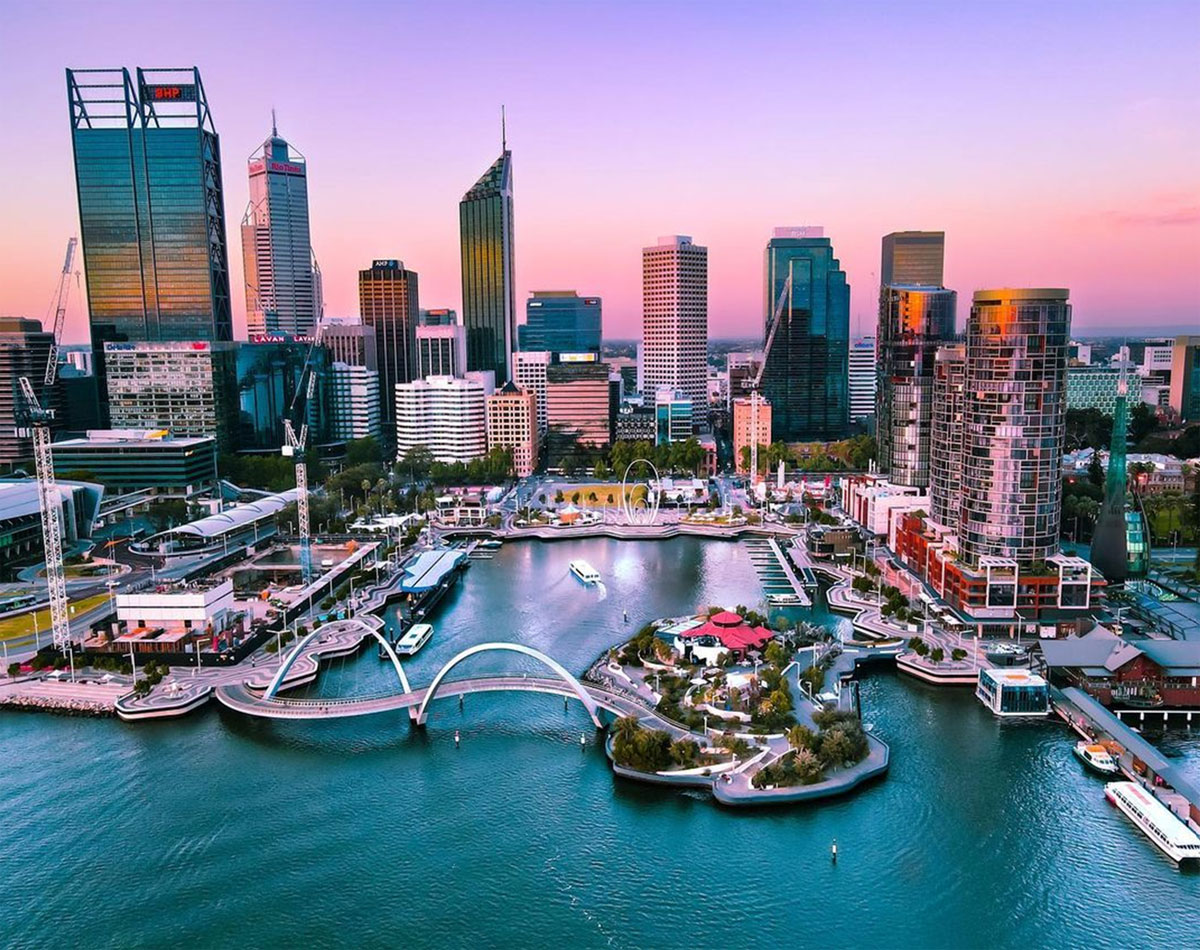
Program Status Update
People residing offshore are eligible to be considered for Western Australia (WA) State nomination. Invitations to apply for WA State nomination will be via the ranking system.
The Western Australian Skilled Migration Occupation List identifies the occupations in current demand in Western Australia. This List is important if you want to apply for Western Australia nomination for either a:
Please note that to be eligible for an invitation in the WA State Nominated Migration Program, you must meet both:
Before starting your application, you will need to check whether your occupation is available on either the WA Skilled migration occupation list (WASMOL) Schedule 1 or 2, or the Graduate occupation list. You can search for your occupation here. (The occupation list search bar is located under the heading ‘Eligible Occupations’.)
Features of the WA 2024-25 State Nominated Migration Program:
Before submitting an EOI for Western Australia, applicants should check that they meet all eligibility requirements.
For a further explanation, see the Frequently Asked Questions page on the Western Australia Government website.
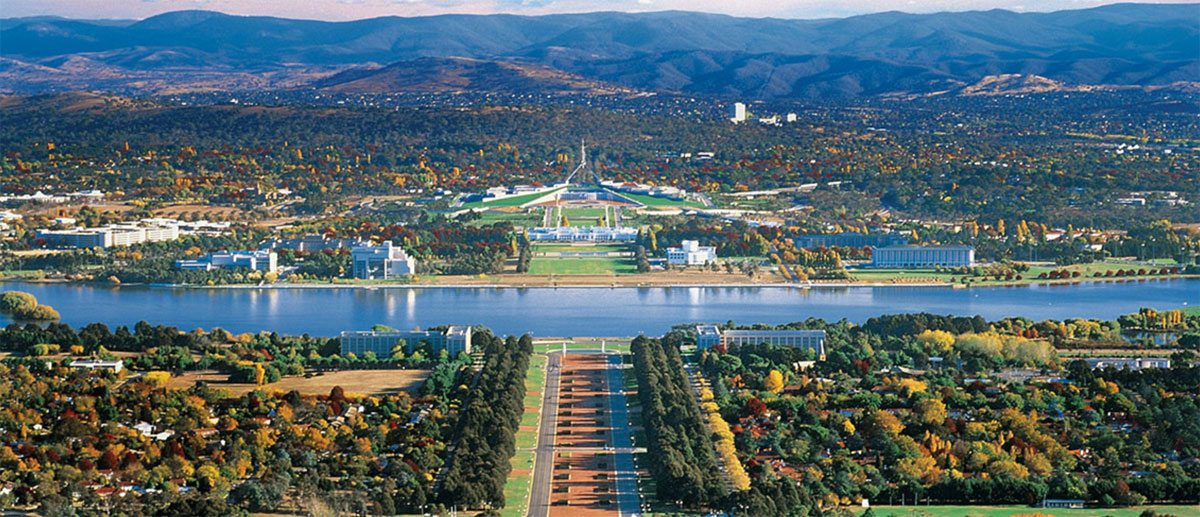
Program Status Update
The ACT Critical Skills List identifies the occupations in current demand in the ACT. This List is important if you want to apply for ACT nomination for either a:
The ACT Government will update this list every four months to make sure that the ACT Skilled Migration Program adapts and responds to the evolving critical skills needs of the ACT economy.
The Canberra Matrix is weighted to ensure that applicants who will make a positive economic contribution to the Territory and/or have demonstrated a genuine commitment to the ACT are more likely to be ranked and invited to apply for ACT nomination.
*ACT nomination does not guarantee a migration outcome. You must still meet the Department of Home Affairs criteria.
Every month, a certain number of nomination invitations are available (prorated on the annual allocation) to those working in the highest ranked Matrix in each occupation.
You can view the ACT’s most in-demand skills for skilled migration by consulting the ACT Critical Skills List.
Before submitting an EOI for The Australian Capital Territory, applicants should check that they meet all eligibility requirements.
Once you’ve submitted a valid Department of Home Affairs Skill Select EOI, follow the ACT Government Process to apply for ACT nomination.
For a further explanation, see the Resources page on the ACT Government website.
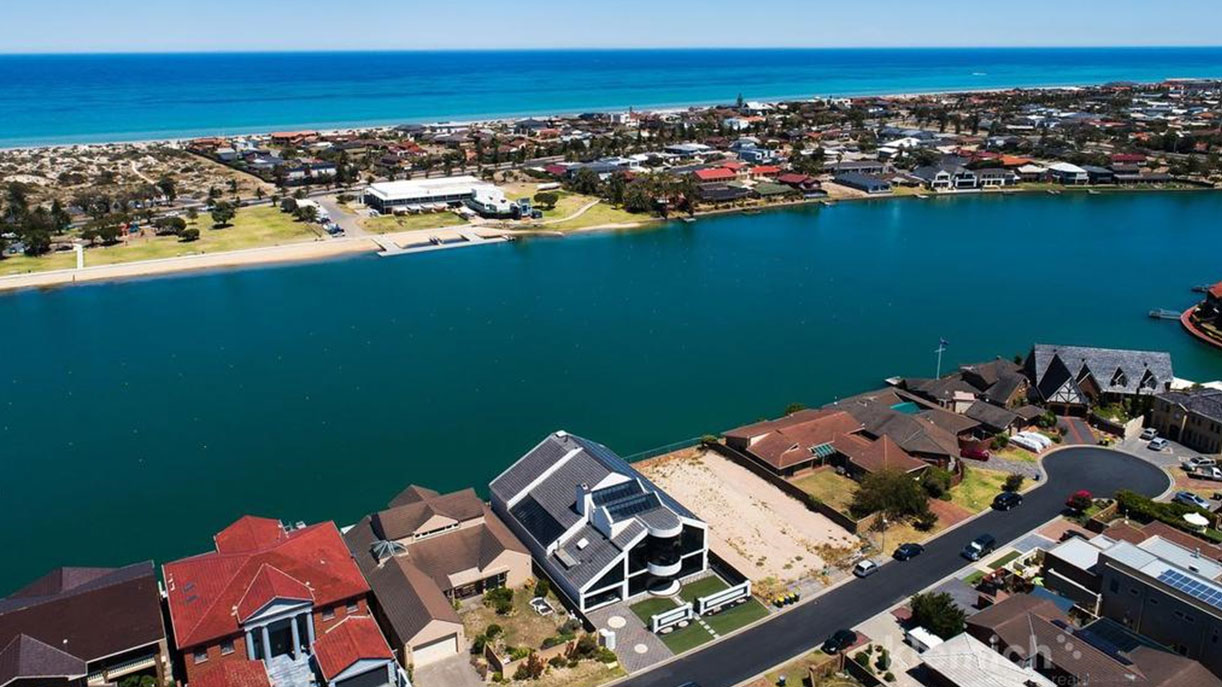
Program Status Update
To manage South Australia’s COVID recovery response, applicants currently residing offshore are able to apply.
Depending on your occupation and situation, there are two state nomination options available for skilled migrants through South Australia.
For South Australian state nomination, prospective applicants must meet the Department of Home Affairs requirements, state-specific occupation requirements and have skills in an occupation that is available on the South Australian Skilled Occupation List. Offshore applicants meeting the minimum published requirements can now lodge an Expression of Interest (EOI).
There is an enormous range of occupations on South Australia’s Skilled Migration Occupation List in a range of industries – search for your occupation here.
South Australia will select offshore applicants to apply for state nomination from those who have submitted an Expression of Interest (EOI) through SkillSelect. Offshore applicants will not need to lodge a Registration of Interest (ROI) for this year’s program. South Australia will be nominating offshore applicants from over 250 occupations on South Australia’s Skilled Migration Occupation List.
If you are currently residing offshore and seeking to move to South Australia, the first step is to create an Expression of Interest (EOI) in SkillSelect ensuring you select South Australia as your first preferred State or Territory.
The South Australian Government can then review your EOI for consideration under the Skilled Nominated (Permanent) visa (subclass 190) or Skilled Work Regional (Provisional) visa (Subclass 491).
For most occupations, applicants must have a minimum of three years of skilled employment in their nominated or related occupation within the last 5 years to secure an invitation to apply for SA nomination.
South Australia will be assessing candidates on merit by the following factors:
For occupations in the construction trades (as listed here) applicants must have a minimum of one year of skilled employment in their nominated or related occupation within the last 3 years.
Applicants in the construction trades will be assessed on merit by the following factors:
Before submitting an EOI for South Australia, applicants should check that they meet all eligibility requirements.
For a further explanation, see the Frequently Asked Questions page on the South Australia Government website.
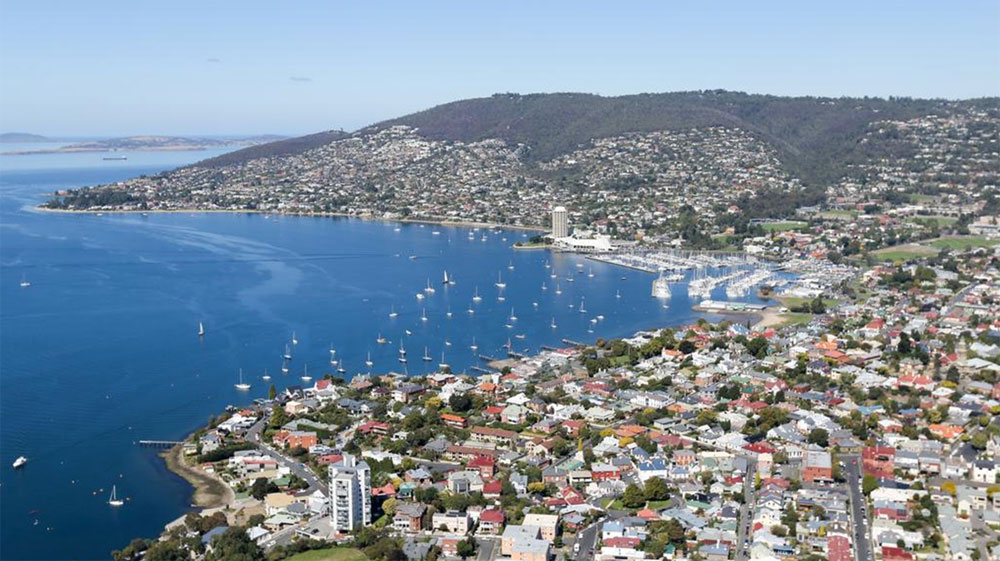
Program Status Update
Working in Tasmania
The two state nomination options available for skilled migrants through Tasmania are:
The Tasmanian State Nomination Skilled Migration Program supports Tasmanian businesses and increases the state’s working age population. It does this by attracting and retaining migrants with skills genuinely in need by employers, or with the capacity to settle in Tasmania through skilled employment in the long-term, and business activities that will increase employment opportunities.
Tasmania’s skilled migration program is for people wanting to move to the state who have skills that Tasmania need. Skilled migrants are attracted to Tasmania because of the state’s enviable lifestyle, career opportunities, affordable housing, reputable schools and a globally recognised university.
The Migration Tasmania Application Gateway is now available for registrations of interest (ROI) and applications for skilled visa nomination from Tasmania.
Anyone seeking Tasmanian nomination for a Subclass 190 Skilled Nominated Visa or Subclass 491 Skilled Work Regional Visa must first register in the Migration Tasmania Application Gateway .
Before submitting an ROI for Tasmania, applicants should check that they meet all eligibility requirements for either;
For a further explanation, see the Frequently Asked Questions page on the Tasmania Government website.

Program Status Update
The New South Wales government has invited applications from offshore migrants under the following nomination streams:
The NSW State Government announced that offshore applicants skilled in certain ANZSCO unit groups are still eligible for NSW nomination.
*Please note: Invitation rounds occur frequently throughout the financial year with no set date.
NSW invites and nominates SkillSelect EOIs at the ANZSCO unit group level. To be eligible for NSW nomination (for either Subclass 190 or Subclass 491) you must be skilled in an occupation that both:
It is important to note that not all occupations within ANZSCO unit groups are eligible for the respective visa. It is the responsibility of the prospective migrant to ensure their occupation is eligible for the visa before obtaining a skills assessment.
Your EOI must be exclusively for the ‘Skilled Nominated visa (Subclass 190)’ or ‘Skilled Work Regional visa (subclass491)’ and seeking nomination from NSW only.
This means that if your Skillselect EOI has multiple visas and/or multiple states selected (this includes selecting ‘ANY’), your Skillselect EOI will not be considered for NSW nomination.
What are the NSW target sectors?
The NSW target sectors are specific industry sectors that have been identified by data research as having critical skills shortages in NSW. They include:
Although all validly submitted SkillSelect EOIs will be considered during an invitation round, priority is given to EOIs in these target sectors.
Is my occupation within a NSW target sector?
The NSW government cannot confirm whether individual occupations fall within NSW’s target sectors. So long as you maintain a validly submitted EOI in SkillSelect, your EOI will be considered in all future NSW invitation rounds.
Will NSW invite EOI’s in occupations outside of the NSW target sectors?
High-ranking EOIs in occupations outside of the NSW target sectors may be considered during invitation rounds; however, it’s crucial to understand that the odds of receiving an invitation are exceptionally low due to high demand and limited spots.
Before submitting an EOI for New South Wales, applicants should check that they meet all eligibility requirements for either;
For a further explanation of how the skills list works, see the Common questions about skilled visas page on the NSW Government website.

Many started at the bottom and slowly worked their way up the ranks to getting six figures.
Aussies worried about racking up a huge amount of student loan debt that they might never be able to fully pay off can go down a different path and still pull in six figures. Young people have been told for decades that they need to go to university if they want to earn a decent living.
But some are speaking out about how they’ve forged their own journey. Tash Markham said she’s managed to get the job of her dreams and it didn’t require a uni degree.
She “wished” someone had told her this when she was in her early 20s “trying to navigate what I wanted to do”. But she’s not the only one who has scored an epic role without spending years schlepping it out to a university campus.
$130,000 a year even without ‘book smarts’
A woman in Brisbane explained in a TikTok video that she “barely” finished Year 12 at high school and was faced with two options.
“My mum said, ‘If you don’t get a government job, you have to go to uni’. [So] I got a government job and didn’t go to uni,” she said.
She started at a call centre when she was just 18 years old and has slowly worked her way up the ranks at Queensland Health and is now a principal policy officer earning $130,000 a year.
“I work in the state budget team with Queensland Health… So just working on budget submissions, a bit of project management, project engagement and stuff like that,” she said.
Up to $200,000 a year selling fruit
Another woman in Queensland’s capital revealed how there are loads of opportunities for people in the horticulture industry.
She helps sell fruit like mangos, strawberries and pineapples to Coles and Woolworths and said you can make upwards of $200,000 in a high-ranking role.
The mum said she started in the industry 17 years ago by just answering phones and is now at the level where she’s pulling in six figures.
“Our industry is crying out for young people… just come through, show some initiative in any of the fields, and you’ll be given plenty of opportunities,” she said.
$150,000 to $200,000 a year if you ‘start asking questions’
Another man revealed how buyer’s agents can earn upwards of $200,000 a year if they’re good at what they do.
There’s no formal university qualification needed for the role, but a real estate license is required, which is dependent on work experience and other eligibility requirements.
But the buyer’s agent said the job might not be for everyone.
“We have clients all over the world, all over the country, and we go and search for what they’re looking for,” he said before explaining how stressful the job can be. “I’ve lost my hair over it.”
He added that it’s important to set boundaries when you’re in a job like that. The agent said while you need the license to properly get started, it’s worth doing some research to get your head around the industry.
“There’s, there’s so many different ways of doing it… YouTube’s a fantastic thing that you can go see now… Just being able to go and find out who’s doing what, where and when, and see how you can slot in. Yeah, start asking questions.”
$250,000 per year after starting as a mail boy
This one is a bit of a rogue entrant but it shows you don’t need to go to university to start your career.
This insurance underwriter started out as the mail boy and is now earning a quarter of a million dollars a year.
The man said he “learned the ropes from the ground up” until his superiors decided to take a chance on him.
This did result in him going to university but in a non-traditional way.
His employers paid for him to get a Master of Business Administration (MBA) while he worked.
Now, he’s earning $250,000 a year “looking at risks and deciding which ones are good, which ones are bad, and then we put the pricing on it”.
Best way to get into a job without a degree
While some of these people achieved these jobs by working their way up the ladder, Aussies have been told that many fields that don’t need a degree still require certain skills.
“While people don’t need formal qualifications, they will be looking for relevant experience or those transferable skills,” Career coach Sally McKibbin explained:
“They may still require some other qualifications, such as a diploma or certificate. If you have that, you can work your way up to some of these highest-paying roles without a degree.”
Also if you’re going down the route of university and want a job, then you’ll need to have some experience under your belt.
Some university students have vented about the low-paying entry level roles they were expected to take after studying and racking up serious HECS debts.
The majority of both employers (68 per cent) and graduates (61 per cent) thought undergraduate degrees were no longer enough to secure a good job.
Most bosses (59 per cent) said they were more likely to hire a grad with internship or work experience, over one without it.
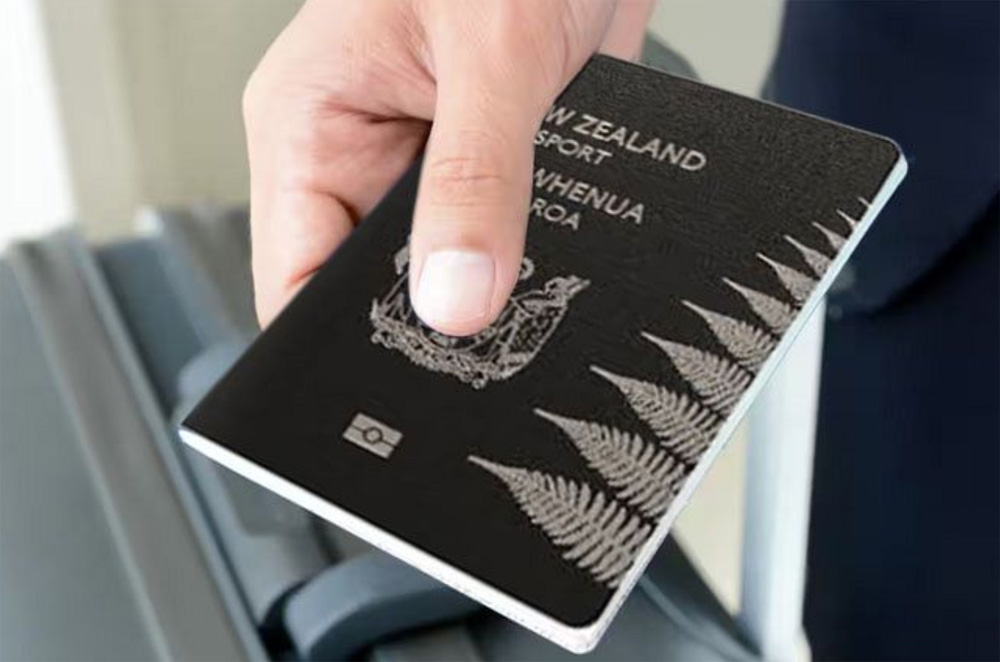
THE NET FLOW of New Zealand citizens to Australia is largely driven by the relative state of the labour market in the two countries.
In 2022-23 and 2023-24, there was a large net inflow (short-term and long-term) of New Zealand citizens to Australia as the Australian labour market remained relatively strong while the New Zealand labour market deteriorated more quickly.
As a result, net migration of New Zealand citizens in 2022-23 increased to 25,160. Based on a further increase in net movement of New Zealand citizens to 35,290 in 2023-24, net migration of New Zealand citizens in 2023-24 is also likely to have increased.
After record inflows of New Zealand citizens in 2011-12 and 2012-13, these fell sharply from 2014-15 due to a significantly stronger New Zealand labour market where unemployment fell to around 4 per cent while unemployment in Australia increased to over 6 per cent.
New Zealand citizen inflows fell again during COVID-19 before recovering strongly in 2022-23, mainly due to Australia’s very strong labour market. It also led to a strong increase in the stock of New Zealand citizens in Australia of almost 30,000 to a new record of 697,957. That will be significantly exceeded at end June 2024.
Statistics NZ reports that 50,000 New Zealand citizens left NZ in the 12 months to March 2024. This was after record levels of net migration to New Zealand in 2022-23. Most of the outflow from New Zealand in the 12 months to March 2024 would have moved to Australia.
Apart from Australia’s relatively stronger labour market since 2022, another driver of the rising inflow of New Zealand citizens to Australia will have been the creation of a direct pathway to Australian citizenship for New Zealand citizens established on 1 July 2023. While that will temper growth in the stock of New Zealand citizens, it will increase the net flow of New Zealand citizens to Australia.
The higher net inflow of New Zealand citizens will have contributed to the high likelihood that the overall net migration in 2023-24 will be well above the forecast 395,000. The reversal in net movement of Australian citizens will also have pushed up net migration in 2023-24.
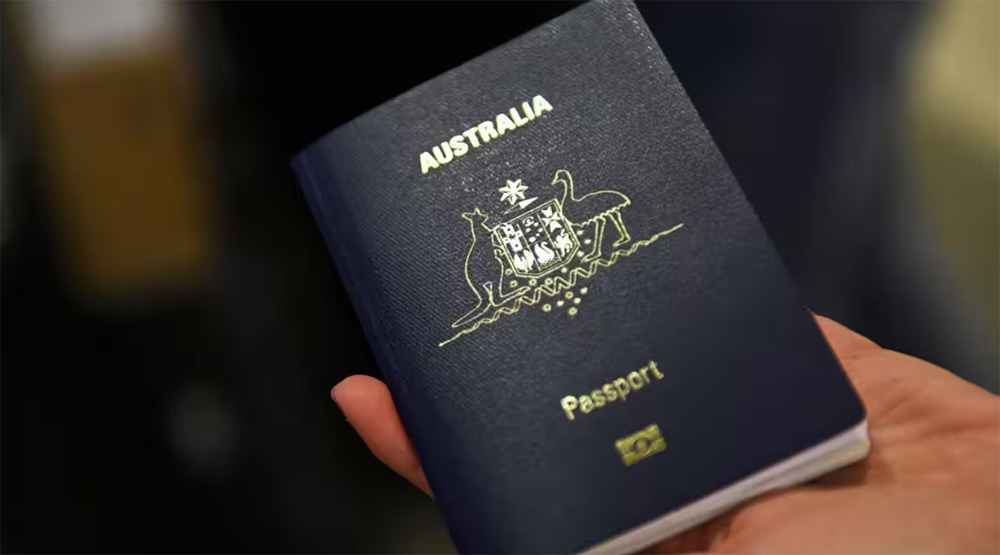
The Australian passport is now among the top five most powerful, according to the latest rankings, which also show a Southeast Asian nation has retained its top spot. Here’s how our little blue book fared.
The Australian passport is among the top five most powerful in the world, according to new rankings, with the number of destinations those who hold it can access visa-free having grown.
Australia placed joint fifth alongside Portugal in the 2024 Henley Passport Index, up from joint eighth spot last year.
The Australian passport is now ranked higher than that of the United States, which fell from joint seventh position to eighth — a continued decline it has experienced since jointly topping the list with the United Kingdom a decade ago.
The Henley Passport Index — created by Henley & Partners, a London-based investment migration consultancy firm — uses data from the International Air Transport Authority to compare the visa-free access of 199 nations’ passports to 227 destinations.
The most powerful passport — and how Australia compares
Tied for fifth place, Australian and Portuguese passport holders can access 189 destinations without a visa — or with a visa, visitor’s permit or electronic travel authority (ETA) they can obtain upon arrival.
However, that’s six fewer countries that holders of the most powerful passport, Singapore, can access visa-free.
Singaporeans can access 195 destinations without prior visa authorisation — a figure which has seen them reclaim the top spot it last held jointly with Japan in 2022.
Japan ranked first in 2023, but this year placed equal second alongside France, Germany, and Italy. Holders of these passports can access 192 destinations visa-free.
Austria, Finland, Ireland, Luxembourg, the Netherlands, South Korea, and Sweden were all in third spot with visa-free access to 191 countries.
Meanwhile, New Zealand, Denmark, Belgium, Norway, Switzerland and the United Kingdom were able to access 190 destinations without a visa — a score that saw them rank equal fourth.
Which countries can Australians visit without a visa?
Some of the geographically closest countries Australians can travel to without prior visa authorisation include Singapore, Thailand, the Philippines, Malaysia, China, New Zealand, Samoa and Fiji.
In Europe, Australians can travel visa-free to countries such as the Czech Republic, Denmark, France, Greece, Italy, Malta, Portugal, Switzerland and the United Kingdom.
In Africa, the list includes countries such as Botswana, The Gambia, Mauritius, South Africa and Tunisia.
In the Americas, Australians can visit places such as Barbados, Brazil, Canada, the Dominican Republic, Jamaica and the United States.
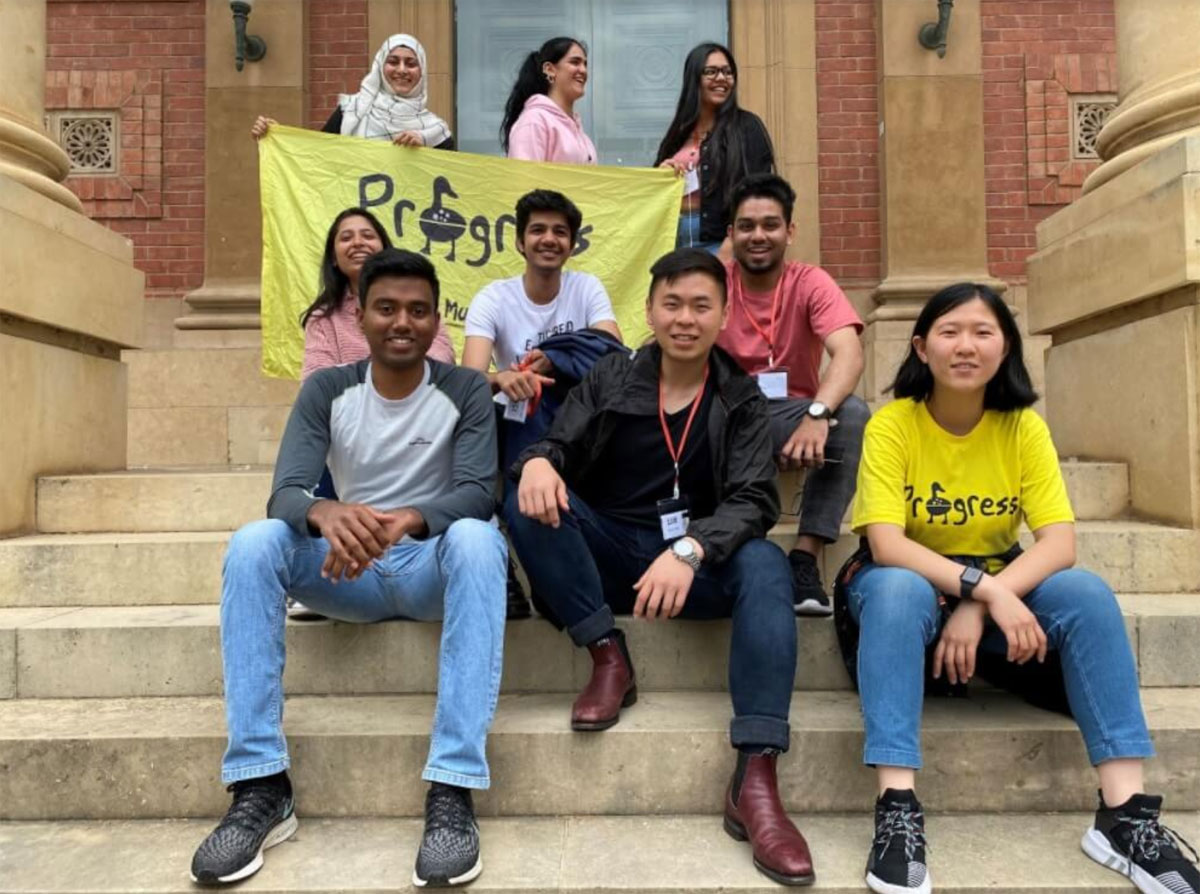 The Australian government released details on the ballot initiative for the Work and Holiday program for Mainland China, India and Vietnam.
The Australian government released details on the ballot initiative for the Work and Holiday program for Mainland China, India and Vietnam.
Key Points:
Additional Information:
Previous registrations lodged for the program in 2023 cannot be used for selection in the new program and the pre-application process will only apply to first Work and Holiday subclass 462 visa applicants from China, Vietnam and India. Foreign nationals from these countries who have already been granted a first Work and Holiday visa can continue applying for a second or third Work and Holiday visa online. Information on the pre-visa application process will be published on the Department’s website.
Analysis:
Officials stated that the new ballot aims to provide an equitable, streamlined and transparent means of selecting applicants. The new initiative is specifically designed to address the number of Work and Holiday visa registrations which significantly exceed the number of places available from the participant countries each year.

The Australian government has made changes to its visa rules to enhance the efficiency of the student influx. In this scenario, it’s critical for students and parents to understand the changes made to the visa rules and adhere to them to get the necessary approvals.
The Australian government’s amendments have made it more challenging for international students to obtain student visas in Australia.
Australia boasts one of the best education systems in the world, encompassing world-class universities and institutions. This is the key reason why it attracts students in millions from across the globe to secure a place in its academic institutions.
In fact, out of the 3,000 PTE test takers surveyed for Pearson’s Australian Dreams White Paper, 90% of respondents feel welcome in Australia and 7 in 10 want to stay. Eight in 10 of all respondents say that Australia has met or exceeded their expectations.
So it’s not surprising studying in Australia is a popular option for young students preparing for a successful career. To secure a spot it is important to be prepared when applying for an Australian student visa and understanding what has changed.
The Australian government has recently modified its visa rules to better optimise the influx of students aspiring to study in the country. The attempt to enhance the quality of living for international students reflects the government’s good intentions. However, the amendments have made it tougher for international students to get visas.
Major Modifications
The government has made it mandatory to stay abroad while applying for an Australian student visa, aimed to combat visa hopping and promote applicants who show a genuine intention to pursue a program in Australia.
Furthermore, the government has increased the student visa application fee substantially, from AUD 710 ($473) to AUD 1,600 ($1,068). Applicants aged 18 or above accompanying the main applicant will have to pay AUD $1,445 and AUD $390 if their age is under 18. This is a measure to address high migration.
The financial requirements have also been increased for students and their guardians. They now need to show their sound financial standing with at least AUD $29,710 under their possession, up from AUD $24,505 previously. The government aims to ensure that the applicants have adequate finance to bear various expenses throughout the course, including airfare, living costs, course fees, etc.
Additionally, the government has reduced the age limit for Temporary Graduate Visa applications from 50 to 35. It has also shortened post-study work rights.
Most importantly, the government has placed special emphasis on English proficiency. It has enforced fresh English language requirements for visa applications. Focus on English fluency will ensure that the students have the requisite level of competency to complete their academic requirements without any difficulty.
Navigating Challenges
Though the government has made norms stricter, it has not curtailed opportunities for genuine and talented students. They must prepare in advance to meet eligibility requirements and get visa approval easily.
Early Application: Students must submit visa applications as early as possible to successfully navigate through the stringent security measures. They will have enough time to collect necessary documents and resolve any unexpected issues.
Financial Proof: Given the recent changes in the financial requirements, it’s important for students to collect and produce all the necessary documents to show that their financial standing is sound enough to support their studies and stay in Australia.
Focus on English Proficiency: The government’s increased emphasis on English proficiency demands students’ serious attention on honing English language skills. They must allocate appropriate time to reading, writing, listening, and speaking practices to gain the requisite competency. Moreover, they must choose the right English proficiency test, such as IELTS or PTE (Pearson Test of English), which are popular tests among students aspiring to study in Australia.
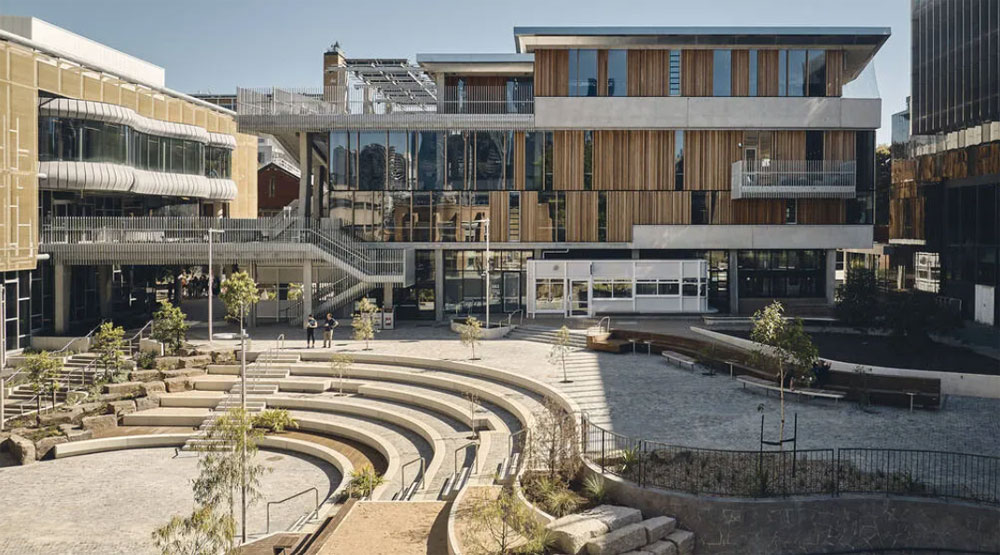
The University of Melbourne graduated top of the class, ranking as the 13th best university in the world
Australia’s got a lot going for it. Sure, we’ve got the best beaches, bushwalks and big things, but we’ve also got the brains. A prestigious ranking of the world’s greatest universities for 2025 just dropped and nine Australian universities have landed in the top 100, six of them cracking the top 50 on the global list.
Now in its 21st year, the QS World University Rankings are a trusty source for comparing more than 1,500 educational institutions from 106 locations worldwide. QS compiles these rankings by gathering intel from almost 250,000 academic faculty and employers and skimming through 17.5 million academic papers. For the first time this year, they also took notes on each university’s sustainability efforts, employer reputation and international research network.
So, which Australian university graduated top of the class? The University of Melbourne shone on the global stage, claiming the title of Australia’s highest-ranked university for 2025. It climbed one spot since last year – and an impressive 20 spots since 2023 – securing a commendable 13th place overall. This ranking marks a historic high for the oldest university in Melbourne, adding to its growing list of accolades in 2024. Notably, all 53 of its subjects featured in the QS World University Rankings by Subject top 100, with 20 subjects ranking in the top 25.
Turns out, Sydney is full of scholars too, with the Emerald City having the highest number of Australian universities to crack the top 100. After tying in 19th place last year, The University of Sydney edged out The University of New South Wales (UNSW) to clinch 18th spot, narrowly surpassing UNSW’s 19th place. It’s also worth shouting out that The University of Sydney ranked as Australia’s most sustainable university, maintaining its impressive seventh-place global ranking out of more than 1,500 universities worldwide.
For many years, Canberra’s Australian National University reigned as Australia’s top university. However, they were overtaken in the QS World University Rankings in 2023, now ranking as the fourth-best in Australia and 30th globally for 2025.
Out of the 38 Australian universities reviewed, five others secured spots in the top 100. This includes Melbourne’s Monash University (37th), The University of Queensland (40th), The University of Western Australia (77th), The University of Adelaide (82nd) and the University of Technology Sydney (88th).
Here is a full list of the top ten Australian universities for 2025:
13. The University of Melbourne
18. The University of Sydney
19. The University of New South Wales
30. The Australian National University, Canberra
37. Monash University, Melbourne
40. The University of Queensland
77. The University of Western Australia
82. The University of Adelaide
88. University of Technology Sydney
123. RMIT University, Melbourne

Australia has completed its greatest ever performance at an overseas Olympic Games, finishing fourth on the Paris medal tally! Paris, France. August 2024
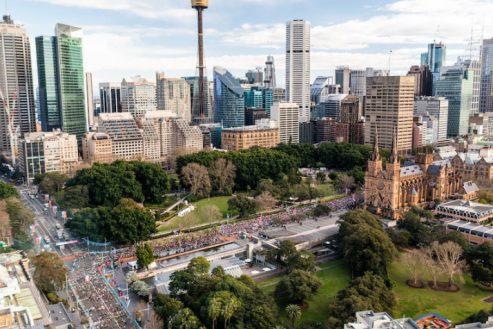
The World’s Largest Fun Run – ‘City2Surf’ – was back in Sydney! Bringing 80,000+ people together from all walks of life to run, jog, walk or stroll the iconic 14km course from Sydney CBD to Bondi Beach! Sydney, NSW. August 2024

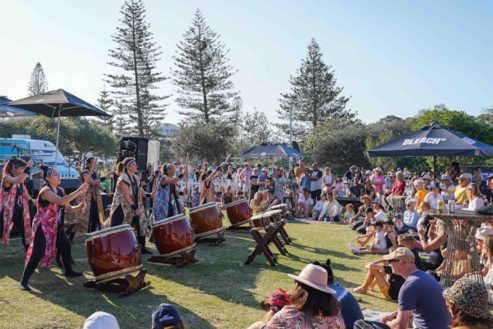
Utilising the Gold Coast’s world-famous natural landscape as unconventional venues, Bleach Festival delivered incredible arts and cultural experiences that challenged expectations and changed perceptions! Gold Coast, Queensland. August 2024

Music goers set up camp for three nights on the red dirt of the iconic Mundi Mundi plains where there was music for the young and old while enjoying the big blue skies by day and the brightest starlit skies by night! Broken Hill, NSW. August 2024

At the ‘Taste Bundaberg Festival’ there was a delicious showcase of authentic food and drink experiences crafted from the rich farmlands and pristine coastline of the Bundaberg Region! Bundaberg Central, Queensland. August 2024

Australia’s hottest winter arts festival combined the quintessential spirit and energy of Darwin with warm outdoor festivities and a vibrant program of events for an unforgettable good time! – ‘Darwin Festival’. Darwin, Northern Territory. August 2024

Thousands of artists exhibited in hundreds of venues throughout metropolitan and regional South Australia, showcasing art which is as diverse as the artists, including painting, sculpture, drawing, photography, digital media, moving image, glass, ceramics, textiles and more! – ‘SALA Festival’. Adelaide, South Australia. August 2024
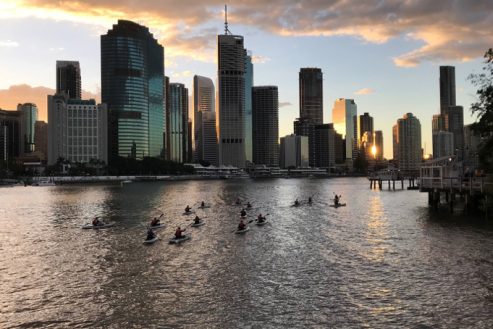
Friends going for an afternoon city paddle down Brisbane River. Brisbane, Queensland. August 2024

An afternoon hit of golf with some kangaroo spectators. NSW. August 2024
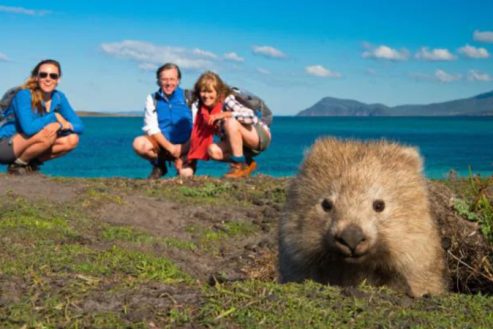
A common wombat taking a morning walk. Maria Island, Tasmania. August 2024
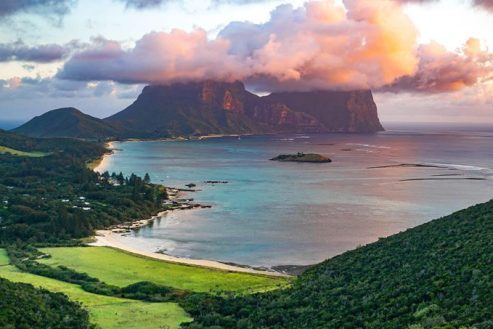
A beautiful afternoon on Lord Howe Island! NSW. August 2024
This Bulletin and its contents is for general information purposes only and should not be used as a substitute for consultation with professional advisors.
As legislation and travel requirements are constantly changing, we strongly recommend obtaining advice on your individual situation from a Registered Migration Agent. Please click here to book a consultation with one of our Registered Australian Migration Agents, located in Australia.






You can manage your membership and billing method by clicking here
Terms of Service
Privacy Policy
Copyright © 2025 Office of Immigration Australia, a private company registered in Australia. All Rights Reserved.